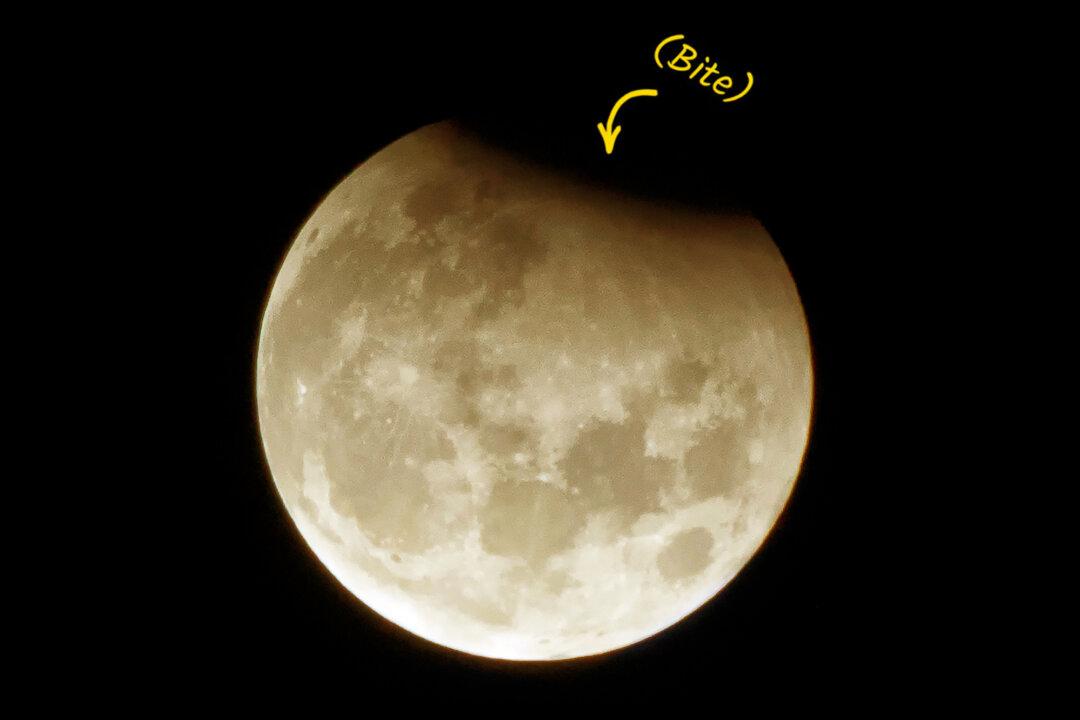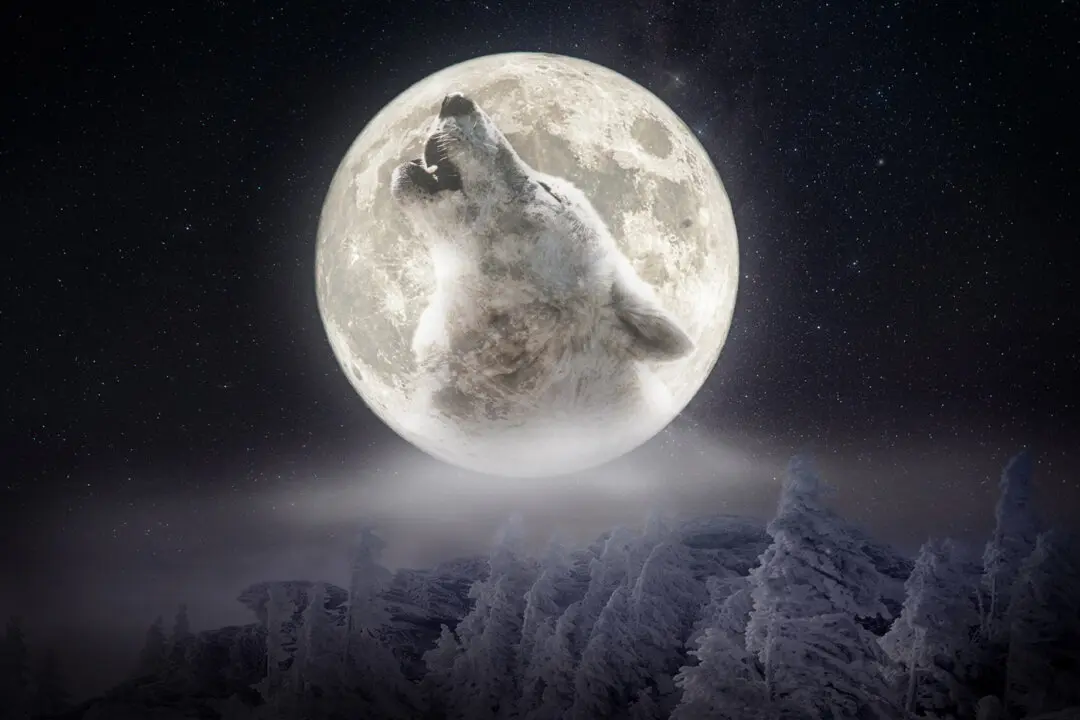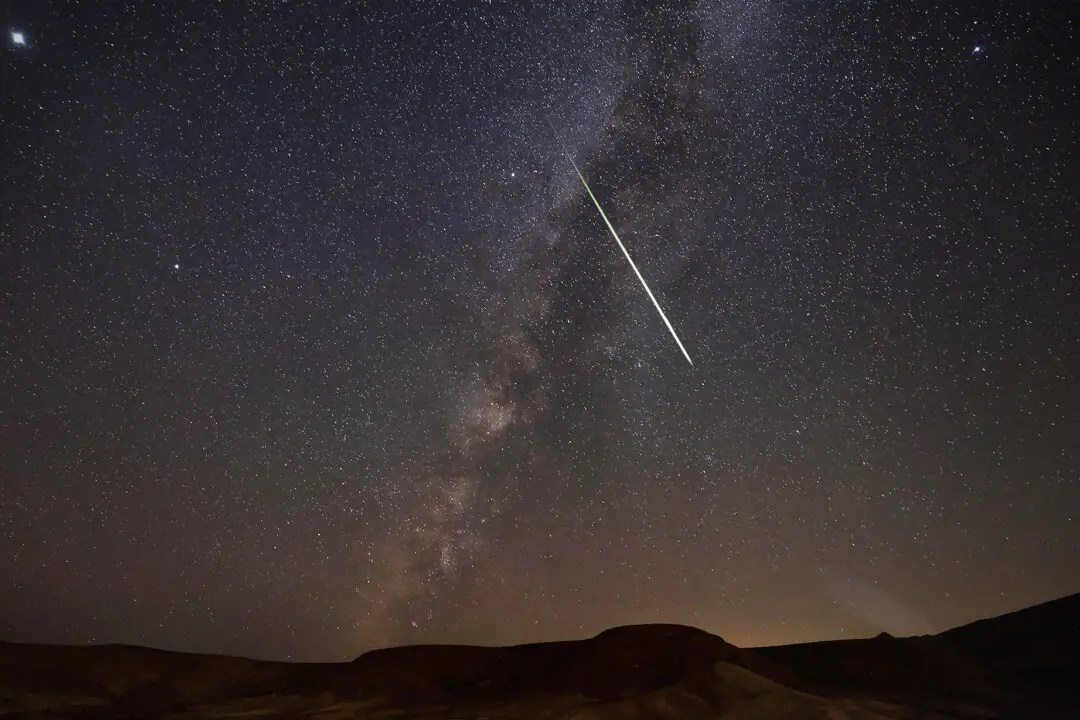It will look like Godzilla took a nibble out of the Harvest Moon.
The Harvest Moon rises on Sept. 17. It will continue to look full and round for some days afterward and, on Sept. 18, will grow into a big fall supermoon. But just hours before becoming a supermoon, the shadow of planet Earth will enter the scene, cast itself upon the moon, and dim its ochre glow.






